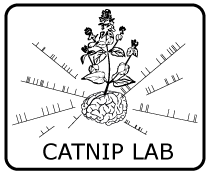Cortical state transitions and stimulus response evolve along stiff and sloppy parameter dimensions, respectively (2020)
Adrian Ponce-Alvarez, Gabriela Mochol, Ainhoa Hermoso-Mendizabal, Jaime de la Rocha, Gustavo Deco. eLife (2020) (eLife) (local cache)
Abstract
Previous research showed that spontaneous neuronal activity presents sloppiness: the collective behavior is strongly determined by a small number of parameter combinations, defined as ‘stiff’ dimensions, while it is insensitive to many others (‘sloppy’ dimensions). Here, we analyzed neural population activity from the auditory cortex of anesthetized rats while the brain spontaneously transited through different synchronized and desynchronized states and intermittently received sensory inputs. We showed that cortical state transitions were determined by changes in stiff parameters associated with the activity of a core of neurons with low responses to stimuli and high centrality within the observed network. In contrast, stimulus-evoked responses evolved along sloppy dimensions associated with the activity of neurons with low centrality and displaying large ongoing and stimulus-evoked fluctuations without affecting the integrity of the network. Our results shed light on the interplay among stability, flexibility, and responsiveness of neuronal collective dynamics during intrinsic and induced activity.
